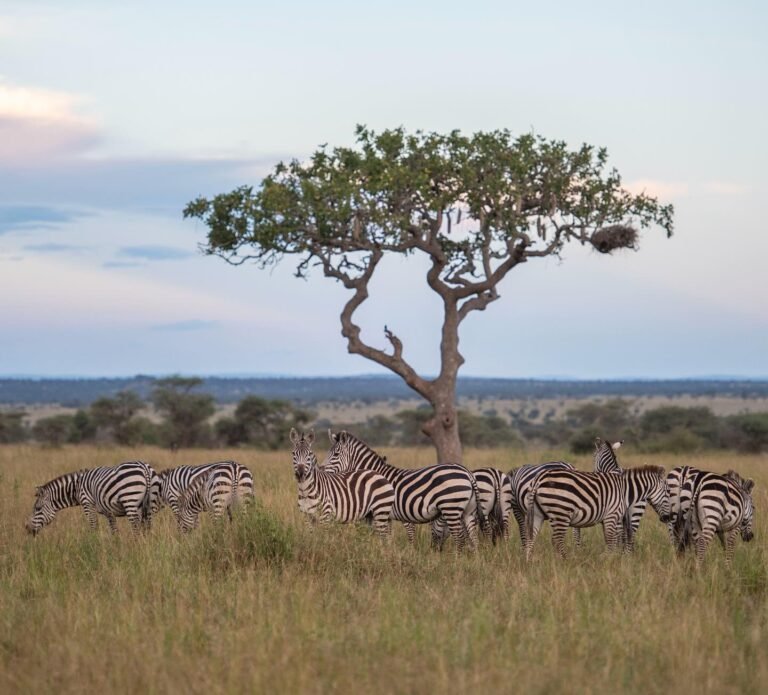“How Do the Maasai People Thrive in the Serengeti?”
Maasai Tribe In Serengeti.
The Maasai tribe in the Serengeti refers to the Maasai people who live in and around the Serengeti ecosystem in northern Tanzania, especially near the Ngorongoro Conservation Area, Loliondo, and border regions of the Serengeti National Park. They are one of the most recognized indigenous communities in East Africa, known for their deep cultural connection to the land and wildlife. They are famous for their distinctive clothing, traditional lifestyle, and deep-rooted customs that have been preserved for centuries.

Where You’ll Find Maasai Shelters in the Serengeti?
The Maasai shelter in Serengeti, Tanzania, is a traditional hut known as a manyatta—a structure deeply rooted in Maasai culture and adapted to life on the savannah.
While Serengeti National Park itself is a strictly protected area where permanent settlement is not allowed, Maasai communities live just outside its boundaries, especially in regions like:
-
Loliondo (on the eastern side of the park)
-
Ngorongoro Conservation Area
-
Simanjiro and Monduli districts
In these areas, travelers can visit authentic Maasai villages, see traditional shelters firsthand, and even step inside a manyatta as part of a cultural tour.

The Maasai’s building practices are low-impact and environmentally sustainable. They use:
-
Locally available materials
-
Manual labor, with no machines or chemicals
-
Biodegradable structures that leave no trace when abandoned
This makes their way of living highly compatible with conservation goals in areas like the Serengeti.
Why are Maasai Moran warriors so important in the Serengeti?
In Maasai culture, a moran is a young warrior, typically aged between 15 and 30, who has undergone the rite of passage into manhood. This status is not just ceremonial, it marks a time of strength, bravery, and learning. When we think of the Serengeti, images of roaming lions, migrating wildebeests, and golden plains fill the mind. But there’s another powerful symbol of this iconic landscape, the Maasai moran warriors. Clad in red shukas, armed with spears, and draped in tradition, the Maasai morans are much more than fierce protectors; they are the heartbeat of Maasai identity and pride.
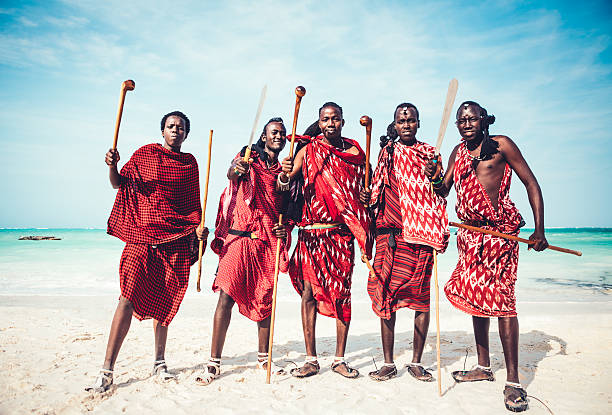
Morans are responsible for:
-
Protecting the community and livestock from wild animals like lions and hyenas
-
Upholding Maasai traditions and values
-
Serving as role models to younger boys in the village
-
Participating in ceremonial dances and rituals
What is the role of Maasai elders in the Serengeti community?
In Maasai society, elders are men who have transitioned through all stages of Maasai life, from moran (warrior) to junior elder, and finally to senior elder. By the time they reach elderhood, they have earned deep respect through years of:
-
Leading their communities
-
Protecting livestock
-
Participating in ceremonies
-
Upholding Maasai laws, values, and oral history

In the villages near the Serengeti ecosystem, such as those in Loliondo, Ngorongoro, and the Simanjiro region, these elders play a vital role in guiding both people and traditions in harmony with nature. They are often seen sitting under acacia trees, sharing stories with children, or speaking during important tribal events. In this way, they ensure the continuity of cultural identity and the values that define the Maasai people.
Maasai Feeding Habits in the Serengeti
Nestled within the breathtaking landscapes of Tanzania’s Serengeti, the Maasai people have maintained a deep connection to their land and livestock for centuries. Their unique feeding habits offer a fascinating window into a culture that thrives on the strength of livestock and community. From fresh cow’s milk and roasted meat to the bold practice of consuming cow’s blood, Maasai cuisine is a reflection of their resilience, spirituality, and respect for nature. For those seeking a deeper cultural experience during their Serengeti adventure, understanding the Maasai’s traditional eating customs reveals not only how they survive in one of the world’s most stunningly rugged landscapes but also how they honor their heritage and resources. Over time, their diet has adapted to include maize porridge, beans, and tea, blending tradition with modern influences.

What do the Maasai people wear in their daily life?
The Maasai people of the Serengeti are known for their vibrant and symbolic traditional clothing. Men and women typically wear a shuka, a colorful cloth—often red, blue, or checkered—wrapped around the body. Red is the most iconic color, symbolizing bravery, unity, and protection. Maasai men, especially warriors (morans), often pair their shukas with beaded jewelry, belts, and spear-like walking sticks, while women adorn themselves with elaborate beadwork, including necklaces, earrings, and headpieces that represent status, age, and marital stage. The bead colors and patterns hold deep meaning and are handmade by Maasai women, passed down through generations. Their dress is not only beautiful—it’s a proud expression of identity and cultural heritage.

Why do Maasai warriors grow and braid their hair?
In the Serengeti, Maasai warriors, known as morans, are recognized not only by their bold red clothing but also by their distinctive hairstyles. Traditionally, morans grow their hair long and style it into elaborate braids, often decorated with red ochre (clay) and animal fat. These styles are a symbol of youth, strength, and warrior status. The hair is carefully maintained and can take hours to braid. Once a moran transitions into elderhood, he shaves his head completely, marking a rite of passage and a new chapter in life. The hairstyle is more than fashion; it’s a cultural identity, woven into the story of the Maasai warrior tradition.
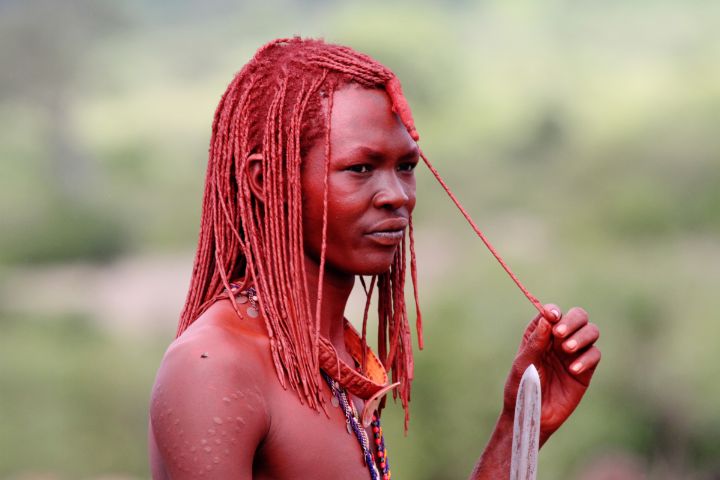
Maasai warriors (morans) grow their hair long and braid it into intricate styles, often colored with red ochre and animal fat. The hairstyle shows their warrior status and is part of their cultural pride. When they become elders, they shave their heads to mark a new stage in life.
Have you ever witnessed the powerful jumping dance of the Maasai?
The Maasai ceremonial dance is an important part of their cultural identity, especially in the Serengeti. During ceremonies such as weddings, initiations, or harvest celebrations, the Maasai engage in vibrant dances. The most famous of these is the jumping dance, where warriors leap high into the air in a show of strength, agility, and unity. This dance is not only a form of expression but also a way to honor ancestral traditions and connect with the community. Visitors to the Serengeti can witness these dances during cultural tours, where Maasai warriors and women come together to celebrate their heritage and spiritual connection to the land. These dances serve not only as entertainment but as a spiritual expression. They are a way for the Maasai to connect with their ancestors, honor their heritage, and celebrate milestones. The rhythms of the dance are accompanied by chants and claps, with the Maasai warriors and women performing in a circle, showcasing unity and collective identity.
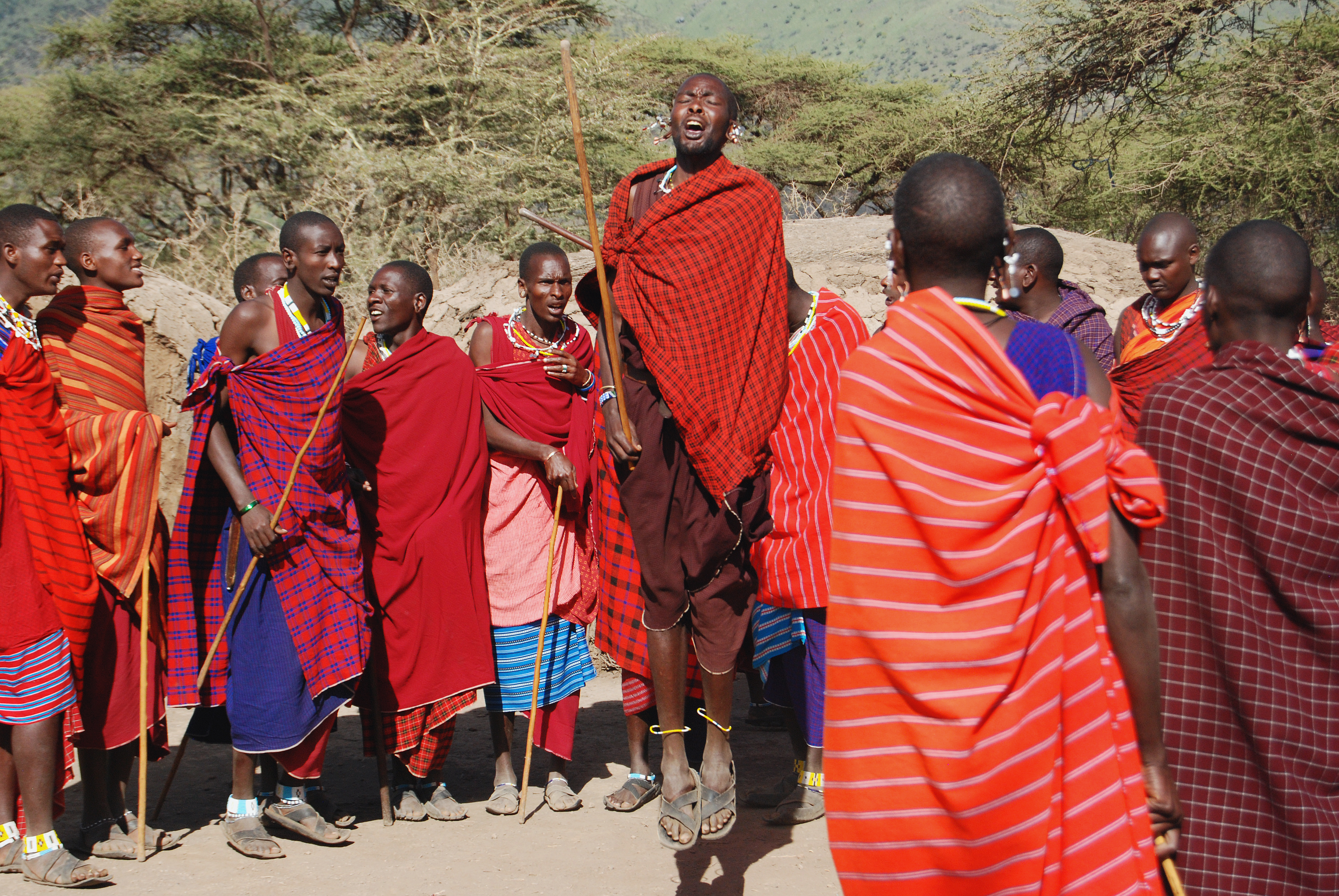
How does cultural tourism in the Serengeti enhance your safari experience?
Serengeti cultural tourism gives tourists the chance to connect with the Maasai, the semi-nomadic pastoralists who have lived in the region for centuries. Visitors are welcomed into Maasai villages (known as bomas) to witness traditional ceremonies, dance performances, and rituals that have been passed down through generations. Some of the key cultural experiences include:
-
Visiting Maasai villages to learn about their daily life, architecture, and the significance of their traditional attire.
-
Participating in traditional dances, like the iconic jumping dance (Adumu), which is a demonstration of strength and unity.
-
Engaging with local Maasai elders and warriors to hear stories about the history of the tribe, their relationship with the land, and their values of community, respect, and courage.
-
Learning about Maasai cuisine and sampling foods made from fresh milk, meat, and sometimes cow’s blood.
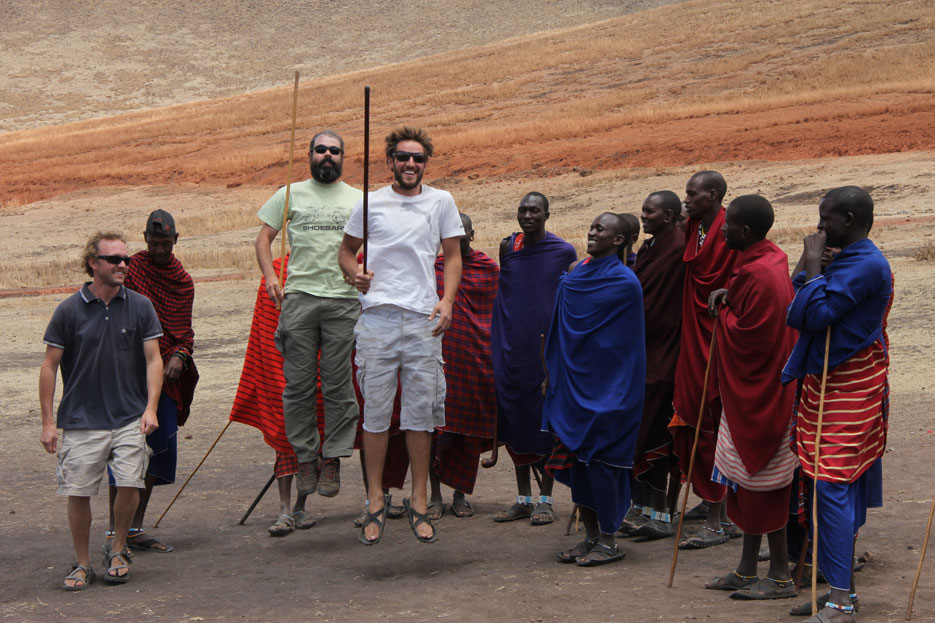
With Wildcandle Safaris, you can experience the perfect blend of wildlife exploration and cultural immersion. Their carefully curated tours provide access to Maasai bomas, hands-on activities, and personal interactions with Maasai elders and warriors, all while supporting sustainable tourism and local communities. Whether you’re seeking to explore the Serengeti’s iconic wildlife or understand the heart of its indigenous culture, Wildcandle Safaris ensures an enriching, authentic, and meaningful adventure.
Step beyond the safari, and dive into the soul of the Serengeti with Wildcandle Safaris—where wildlife, culture, and tradition meet for the ultimate travel experience.
BOOK NOW!!


